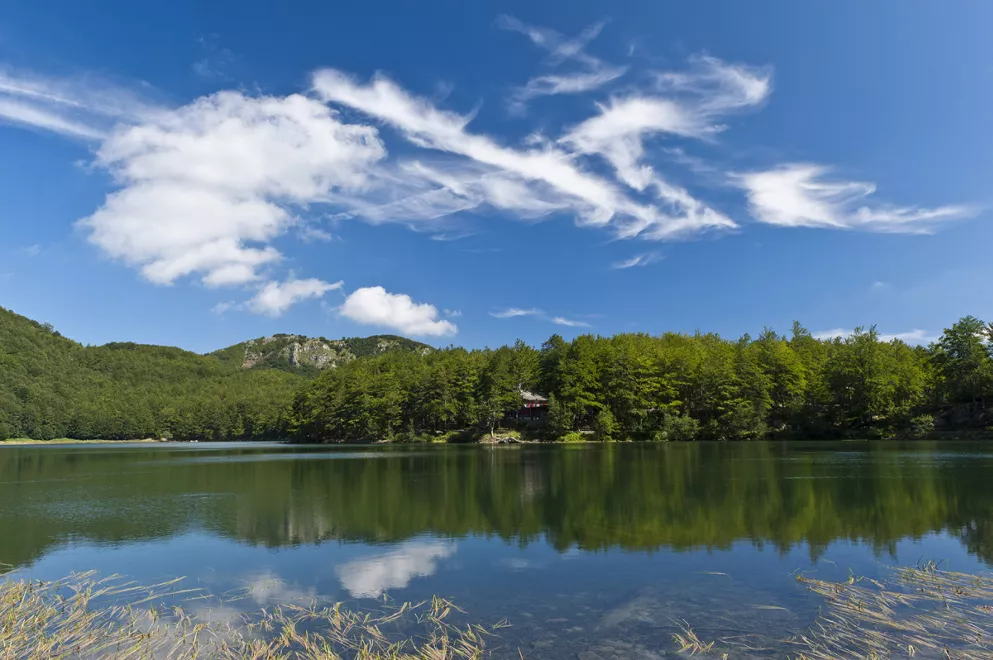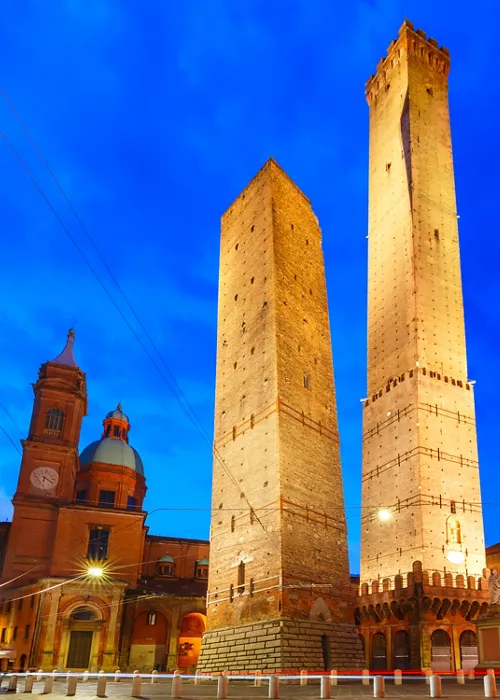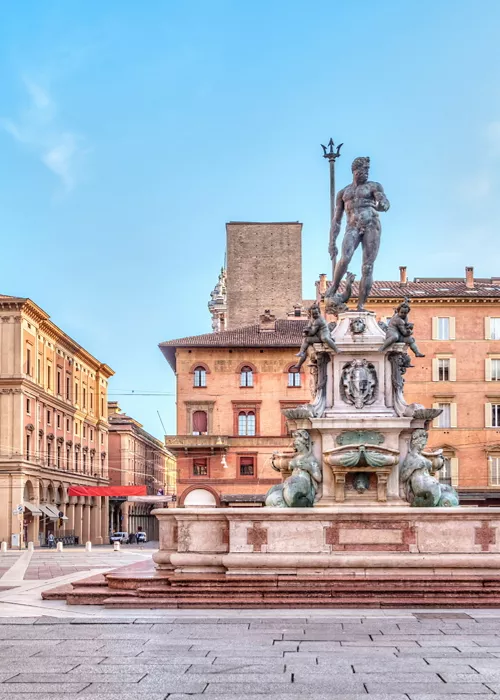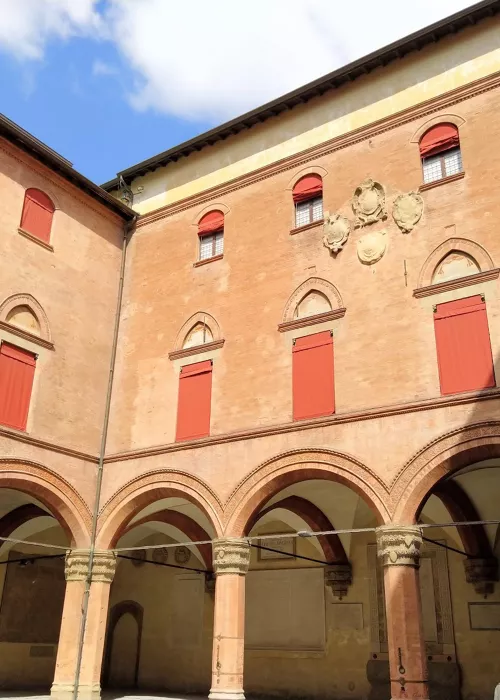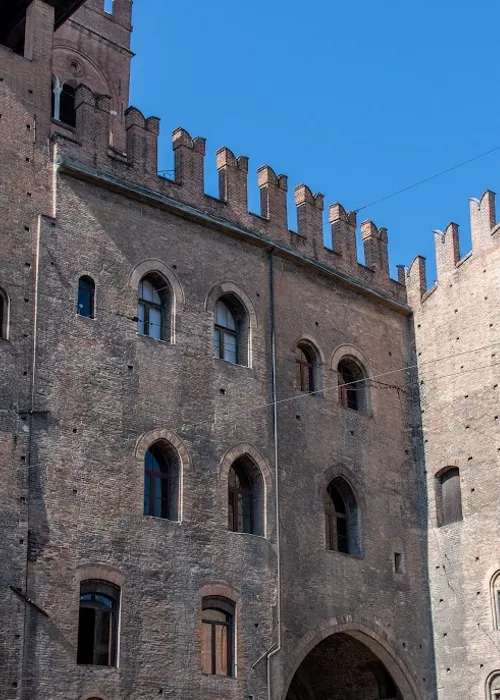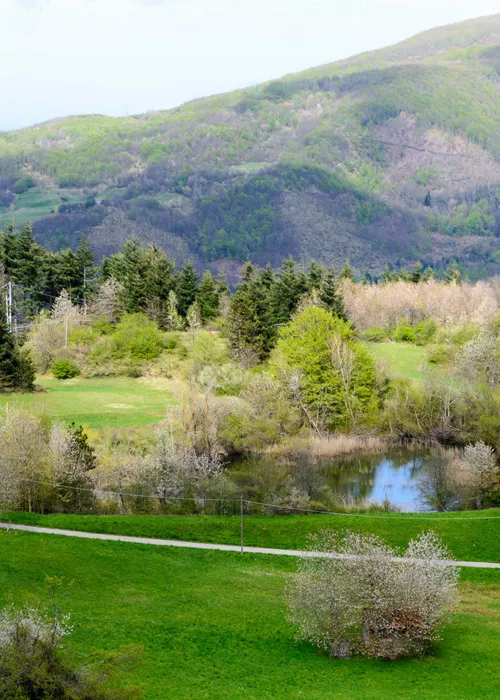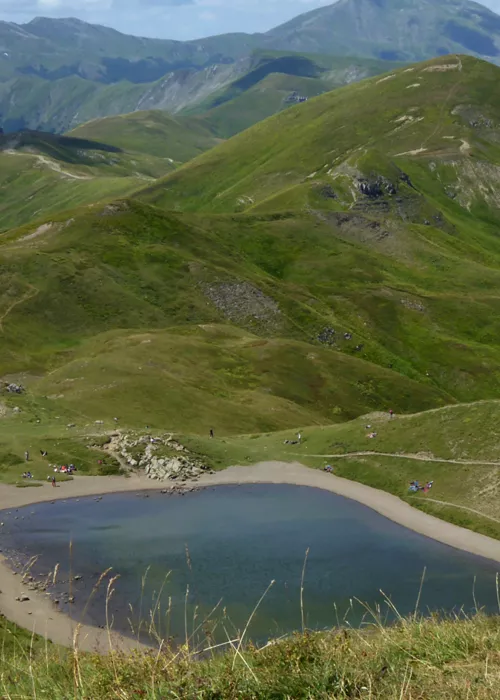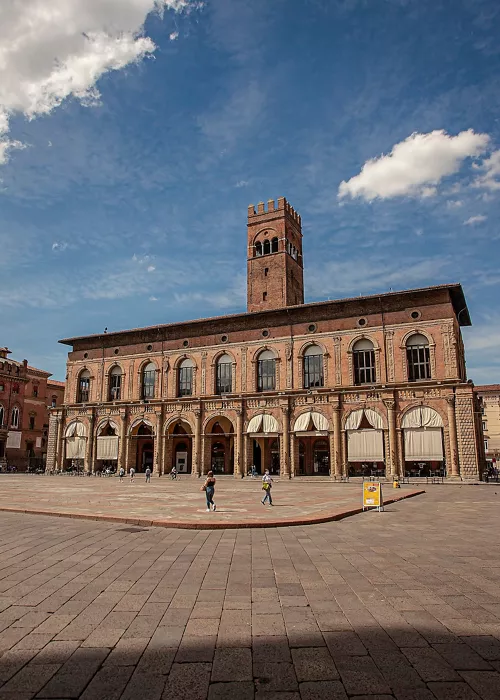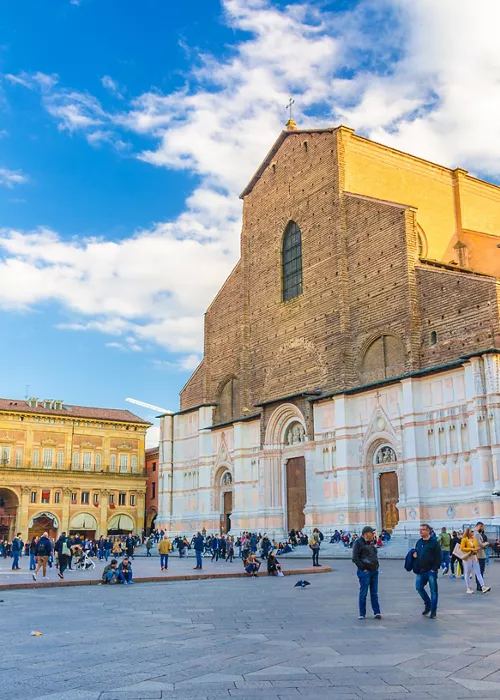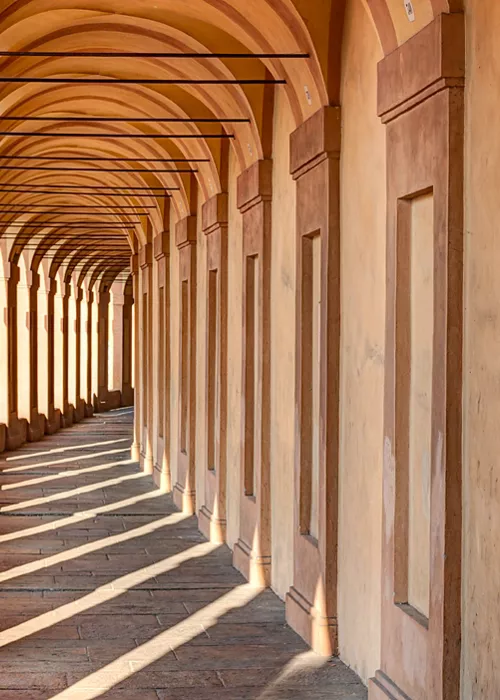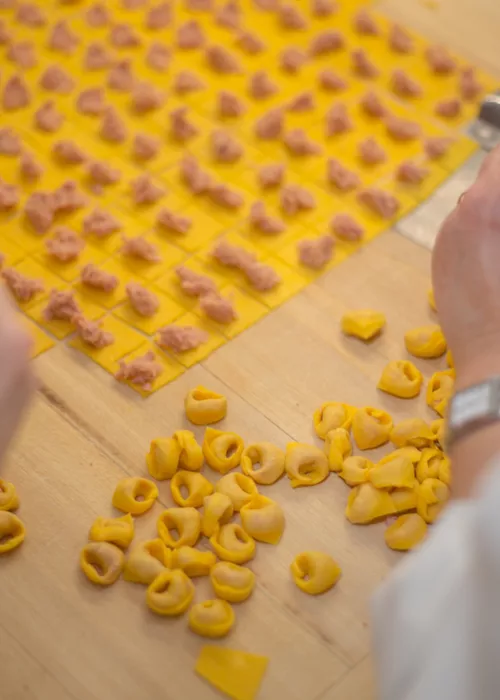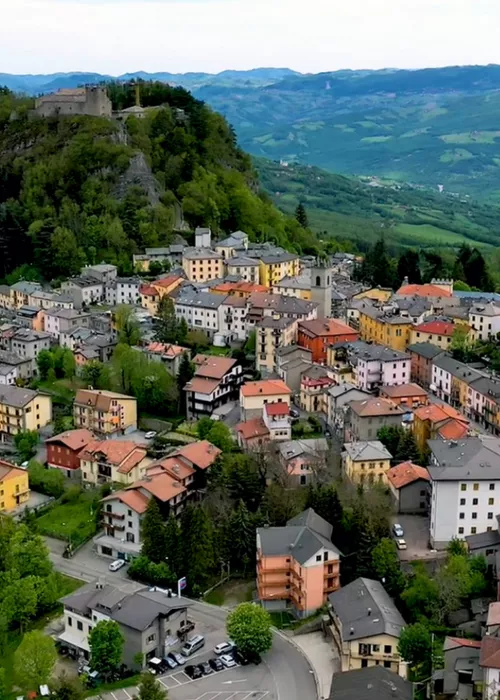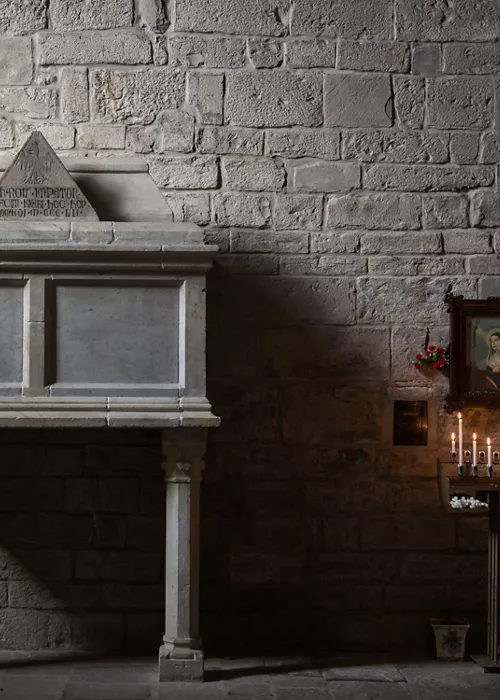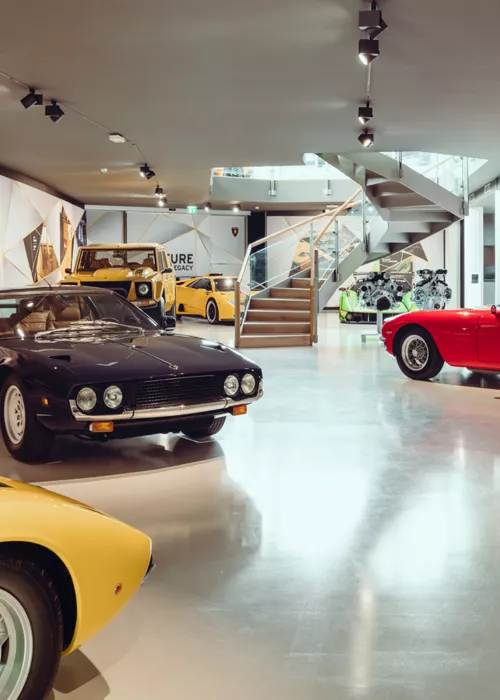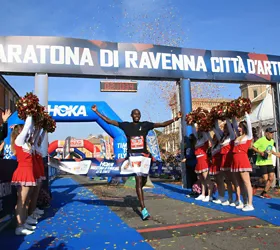6 steps among the secrets of Bolognese nature
3 minutes
From Tossignano to San Lazzaro di Savena, from Bologna to Monzuno and then Pianoro, the Bolognese hinterland is rich in landscape elements that determine its history.
Villages with a strong environmental appeal, which we recommend you explore in a 6-stage route, surrounded by nature.
Tossignano, the village of chalk
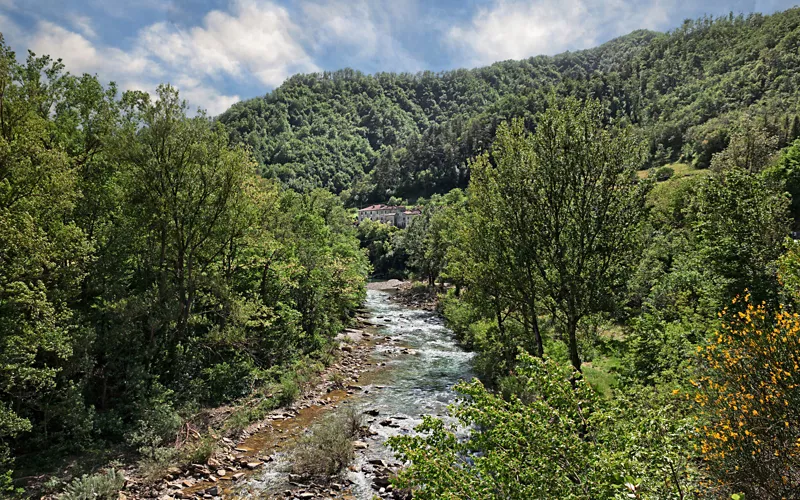
Our journey begins along the Santerno river valley, dominated by the Vena del Gesso Romagnola (Chalk Vein of Romagna), home to the Regional Park and the first landscape element that determined the historical events of this land.
From the top of the perched hamlet of Borgo Tossignano, it is possible to admire the panorama of the Riva di San Biagio and the nuances of this chalky formation with its shimmering layers, the result of centuries of submarine sedimentation, then re-emerging on the surface in all their imposing majesty.
You can enjoy crossing those picturesque ridges on trekking and mountain biking.
Heading back up the valley, you will come across another geological testimony: the Riva dei Cavalli, in the green riverside area of Fontanelice: the very high marly-arenaceous wall is clear evidence of the movements of the subsoil.
On the way down to Imola you’ll find Sabbie Gialle, another ancient trace of the sea that once washed this area, where fossil shells are still found.
The area is best observed from the Acque Minerali Park and along the Rio Correcchio, from above the eastern Bosco della Frattona Reserve.
San Lazzaro di Savena and the moonstone
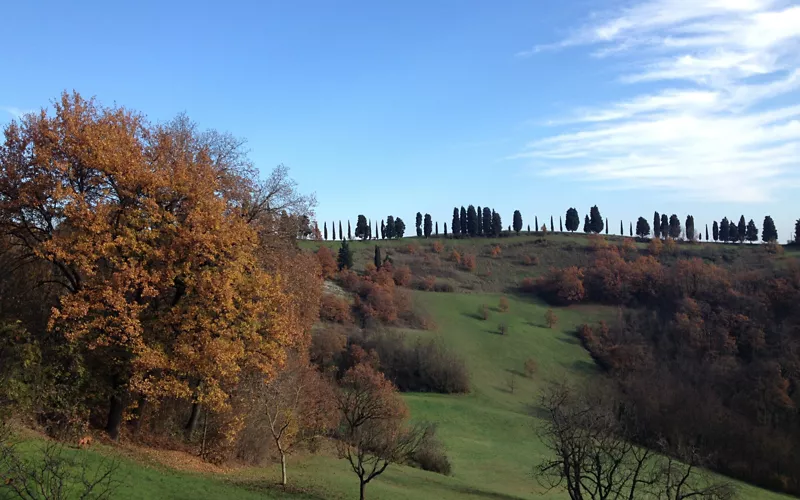
Heading towards the hills of Bologna, in the heart of San Lazzaro di Savena, is the largest karst park in Emilia: the Parco dei Gessi e Calanchi dell'Abbadessa.
The chalky outcrops and gullies, generated by the geomorphological phenomenon of erosion, are striking for their silvery colour, as bright as mother-of-pearl, an effect known as selenite, as it resembles moon rock.
The underground area of the park is also very interesting, with its 100 caves: among the most popular, which can be visited with a speleological guide, are the Grotta del Farneto and Grotta della Spipola.
Cycling enthusiasts can visit the area by taking the Gaibola Gypsum Cycle Route.
Bologna-Salaborsa for a journey through time
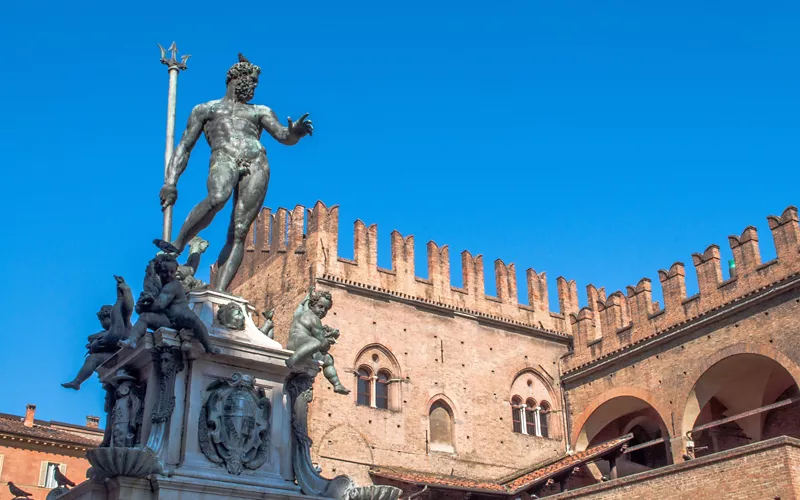
Continuing on the path, we reach the centre of Bologna. Here, too, we find numerous examples of geological interest.
The first can be seen from the crystal floor of the Salaborsa Library in Piazza del Nettuno, which allows a real journey back in time, thanks to the remains of ancient civilisations, from the Villanovan to the Roman Bononia.
The archaeological excavations also brought to light the main materials in which the subsoil is rich: clays and silts, the same used in Bologna's monuments, from the sculpture of the Virgin and Child on the façade of the Palazzo Comunale to the brick buildings of the Palazzo del Podestà and Palazzo Re Enzo.
Bologna-Museo Geologico Cappellini
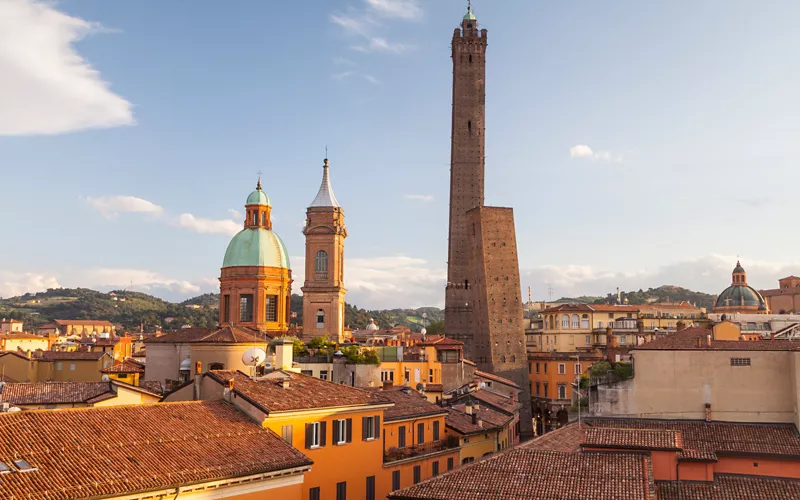
Staying in Bologna and getting to via Zamboni, it is worth stopping at the Cappellini Geological Museum, which houses an overflowing collection of geo-palaeontological artefacts from the most diverse corners of the world. A heritage of almost one million pieces including vertebrates and invertebrates, plants and fossil rocks.
But the real star is the Diplodocus, a mammoth model of a dinosaur from the Jurassic era, 26 metres long and 4 metres high.
Monzuno, the pinnacles and caves of Monte Adone
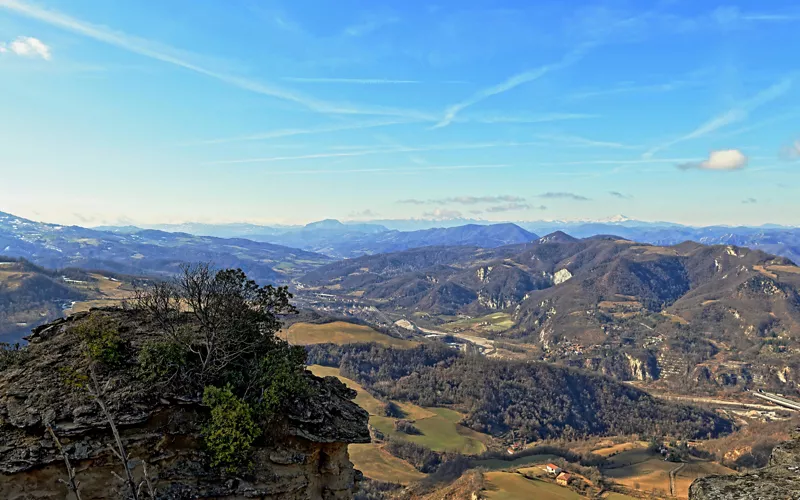
Changing course towards the Apennines, you cross the Pliocene Foothills Nature Reserve, about 15 kilometres of rocky sandstone face with incredible ridges.
Among them, Monte Adone, the highest, attracts attention with its wind-eroded pinnacles, deep crevices and caves occupied since the Neolithic period.
Once you reach Monzuno, you can leave your car and continue on foot along path no. 910 of the CAI, which offers a breathtaking panorama.
Pianoro, the houses in the rock
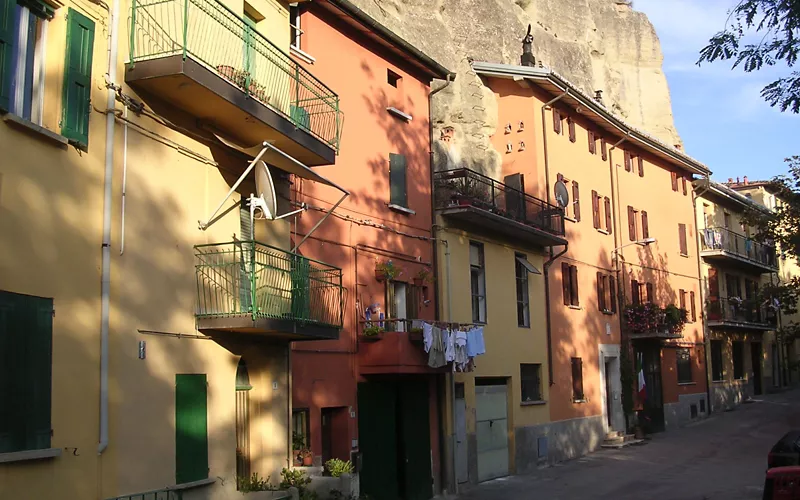
The last visit is to the village of Livergnano, in the municipality of Pianoro, which is striking for its houses so close to the rock wall that they seem almost hewn there.
In addition to the possibility of a walk on the slopes of Monte Rossothe Bologna municipality is home to the Museum and Documentation Centre The Winter Linewhich, inside one of the special dwellings carved into the sandstone, exhibits relics from the Second World War, from uniforms to helmets, but also objects such as radios, water bottles and cutlery, all found on site.

